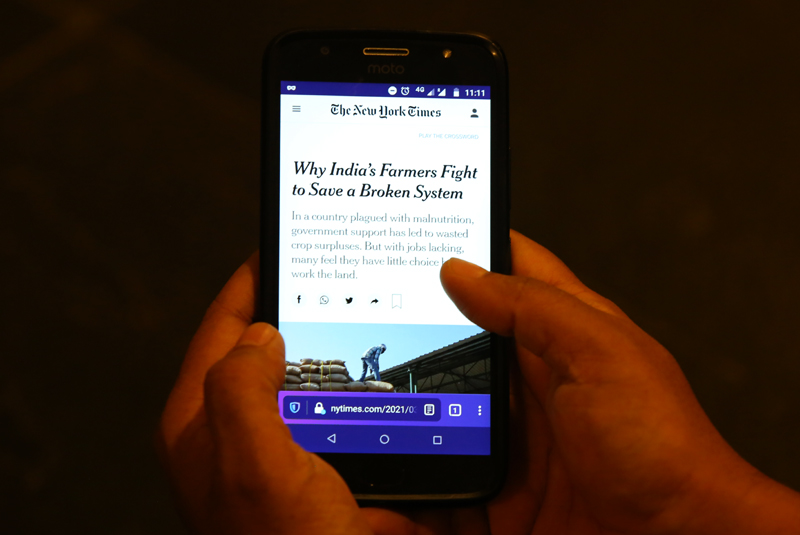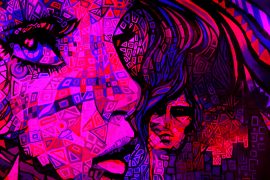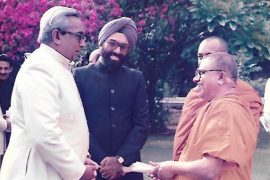It takes quite an imagination to fathom the state of Arab world had it not tasted the blood of the 180,000 protestors during a revolt that challenged the age-old authoritarianism early last decade. The Arab Spring – powered by social media – changed the concept of revolution, so much that it stands as the face of democracy and human rights in history books. But would Libya free itself from the clutches of Gaddafi or would Ali Abdullah Saleh ever give up his so-called throne if it wasn’t for media activism?
India, too, swings between the tags of an electoral autocracy and a low freedom index, with a blunt struggle between the ‘right’ and ‘non-right’ hanging all its dirty laundry on the Red Fort – in case of the Farmers agitation on January 26. From Rihanna’s tweet to independent digital news organisations challenging the government, the new ‘digital’ India is witness to hashtags making the most noise in the protests. In such a landscape, the central government calls commentary critical of the government, by digital news media and the social media channels, as ‘propaganda.’
As the New York Times claims, the government of India has introduced the Information Technology (Intermediary Guidelines and Digital Media Ethics Code) Rules, 2021, to tame the digital news media from serving more than 800 million smartphone users by next year.
Here is an overview of the 2021 Intermediary guidelines:
-30-
Copyright©Madras Courier, All Rights Reserved. You may share using our article tools. Please don't cut articles from madrascourier.com and redistribute by email, post to the web, mobile phone or social media.Please send in your feed back and comments to [email protected]











